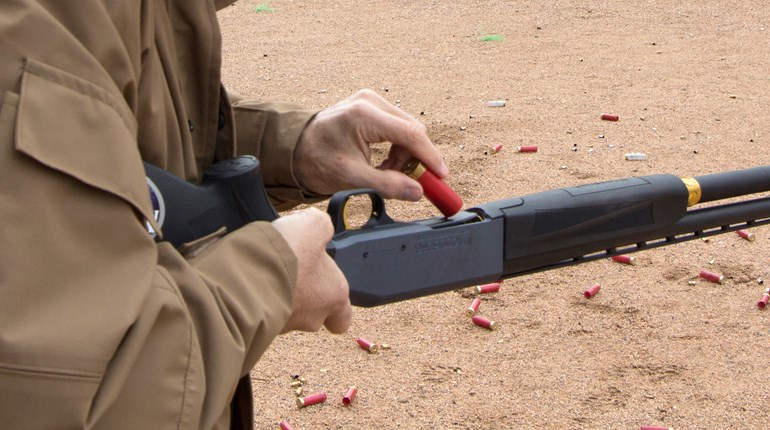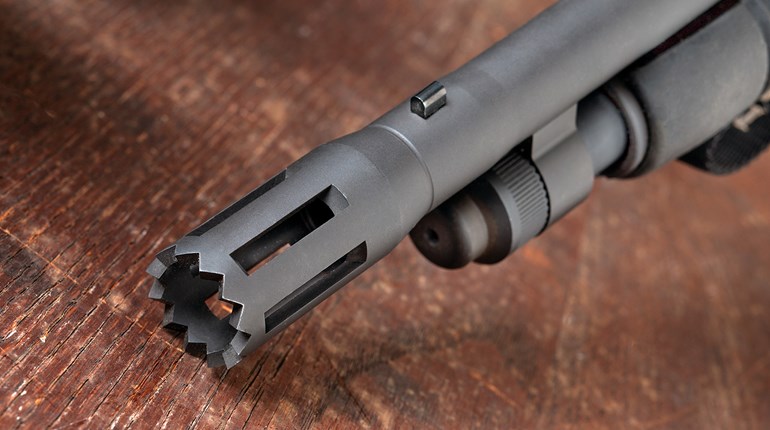
While there are many tactics for hunting deer, the most consistent way to find them during the season is to find their food. After all, deer must eat every day or close to it. Trouble is, deer have a large menu available to them, depending on the time of year. So the best deer hunters are plant and tree ID nerds who know how to identify deer foods and what deer are predominantly eating at any given time. Use this guide to learn how to identify the food sources that will lead you to more deer this fall.

Browse
Plenty of hunters are surprised to learn that deer eat much more than just acorns, and in fact mainly eat forbes in the spring and browse in the fall. ‘Browse’ is a general term for the dozens of woody plants that produce green leaves, twigs and buds year-around. Whitetail deer actually survive on this essential food more than mast or crops that dry up fast and rarely produce food in late winter. Examples include brambles, blackberry, kudzu, poison ivy leaves (yes, poison ivy), greenbrier, prickly pear and dozens more, depending on the region. Generally, these are the low-lying, nondescript greenish plants in the woods and fields when everything else is dead and brown.
The problem with browse is that in most areas, there is so much of it that it doesn’t concentrate deer in one spot enough to make hunting over any one patch of it reliable. Yet hunters should be able to identify it, because in times during hunting season when there is little to no mast or crops available, you can bet deer will be near it.
Hard Mast
Hard mast refers to the fruit of mast trees such as oak, hickory, beech, pecan, chestnuts, walnuts and others. It’s called “ice-cream food” by whitetail biologists, because deer love it when they can get it, but the limited supply gets eaten up by many animals fast, so it’s a tasty bonus that deer love—kind of like ice cream is to humans—but not a year-round staple. What follows are some of the more prolific hard mast trees.
Oak: Oak trees are generally broken down into two types including white oak and red oak, but both of these have many subsets, most of which produce acorns that deer love.

White oaks include post oak, blackjack, chinkapin, burr, swamp, sawtooth and others that have adapted to the nature of the soil and other regional environmental factors. Generally, the acorns of white oaks are lower in bitter-tasting tannins than red oaks, and so deer prefer them over reds. If you find a white oak tree dropping big green acorns, you should drop what you’re doing and hunt near that tree, because you can bet the deer will find it and soon be there, sucking up all the acorns like hooved Hoover vacuums. Identify white oak trees by their broad shaped leaves with rounded edges.

The problem with oak trees is that they don’t produce acorns consistently, and when they do, the nuts quickly get eaten or rot in moisture. Red oaks tend to produce their acorns later in the year—around mid-December—therefore they give deer a chance at some ice cream food after the whites have quit producing. By this time, the tannins in the red oaks have matured and their nuts aren’t as bitter. Identify red oaks by their broad green and red-ish leaves that end in sharp points.

Hickory, Walnut and Pecan
It turns out that walnut, hickory and pecan—a type of hickory—aren’t preferred by deer because their shells are too hard. While deer can and will eat them if there is little else available, these trees are mainly food for squirrels. (Walnut trees actually produce a poison that can kill other trees around them, so they are unwanted by biologists as an ideal deer food. But their wood is very valuable for furniture, including gunstocks!) The fruits of these trees begin life enveloped by bitter green husks that eventually crack and fall off, revealing the hard-shelled nuts.

Chestnut
Experts say deer will step over acorns to get to ripe chestnuts, so if you identify a producing chestnut tree on your property, you should absolutely hunt there pronto. But that would be rare indeed, because blight killed over 4 billion American chestnut trees in the early 1900s, almost entirely wiping them out. But thanks to companies like Chestnut Hill Outdoors, blight resistant Dunstan Chestnut trees are making a comeback in America.

If you own property and wish to make it a whitetail paradise, consider buying and planting some. In only five years, they will begin producing protein-rich, antler growing mast.
Soft Mast
Soft mast includes many trees and bushes that produce soft, fleshy, fruit-like food such as persimmons, apples, pears, plums, black locust and many more. Deer will often travel long distances—a mile or more—to get a taste of an apple from a dropping apple tree. It’s the same thing with pears. That’s why some of the deadliest deerstand locations are near old, abandoned homesteads whose unkempt orchards still produce fruit. The trouble with soft mass is that their fruits tend to ripen in late summer and early autumn, before the hunting season begins in most areas. Still, if you can find a clump of persimmons or plums in October, you can bet you will also find deer in droves.

Plant and Tree ID
To quickly learn myriad tree and plant types, a picture is worth a thousand words. Study images of trees and their respective fruits listed here so you can identify them on your hunting property. Insightful plant and tree books abound in hard copy—What Tree Is That? by the Arbor Day Foundation is a good one—and in digital form on the web. There are also several interactive Apps available for your smartphone such as PlantNet. Download one so you can use it while in the field. Your goal is to become a deer food expert, because learning what deer eat is part of the process of becoming a deer hunting expert.




































